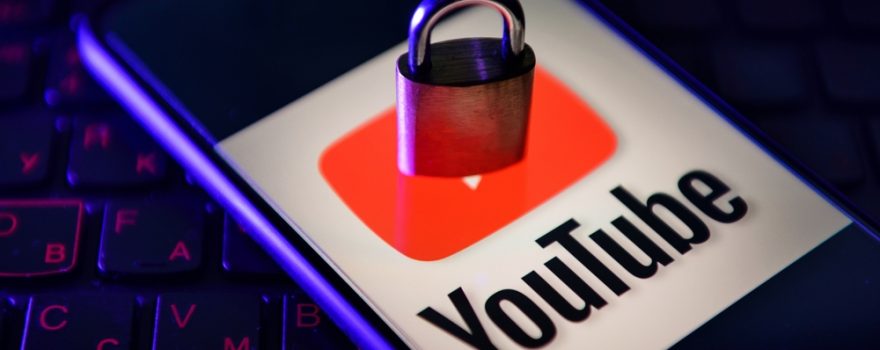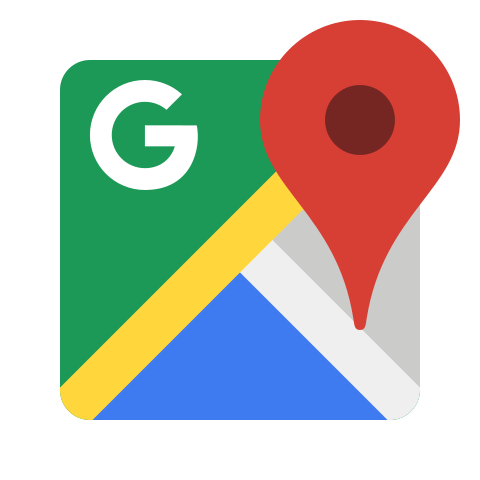
YouTube keeps changing the rules, and creators are getting tired of it. Once a goldmine for ad money, the platform has become less reliable for long-term income. Algorithms shift, policies get tighter, and monetization can vanish overnight — leaving many creators scrambling for other ways to make a living.
Jimmy Donaldson, aka MrBeast, probably saw it coming first. His snack line Feastables turned from a fun side project into a $250 million empire in just a few years. Crazy, right? What began as chocolate bars now stretches into full-scale food products and even a mobile network project in the works. His YouTube content still grabs billions of views, but it’s his real-world ventures that keep the lights on — and then some.
Emma Chamberlain took a different route. She swapped the camera for coffee beans, building Chamberlain Coffee into a lifestyle brand found on Target shelves. After some supplier hiccups last year, the company’s back on track and might hit $33 million in 2025. For a creator who started vlogging from her bedroom, that’s almost poetic.
Logan Paul’s journey has been, well, messy. From controversies to boxing to energy drinks — he’s done it all. His Prime beverage, launched with KSI, exploded to over $1 billion in sales before facing a caffeine-fueled backlash. Despite lawsuits and dips in demand, it showed that internet fame can sell more than just merch — it can move entire industries.
Younger stars like Ryan Kaji prove this model works even for kids. His Ryan’s World brand, built on toy unboxing videos, generated hundreds of millions through retail deals and TV content. Not bad for someone who’s still figuring out algebra.
The message seems clear: creators no longer want to depend on ad dollars that come and go. They’re turning their personal brands into businesses — real ones, with factories, stores, and investors. YouTube was just the launchpad. The rest, they’re building on their own terms.
Source: TechCrunch

 Get in Touch
Get in Touch 


